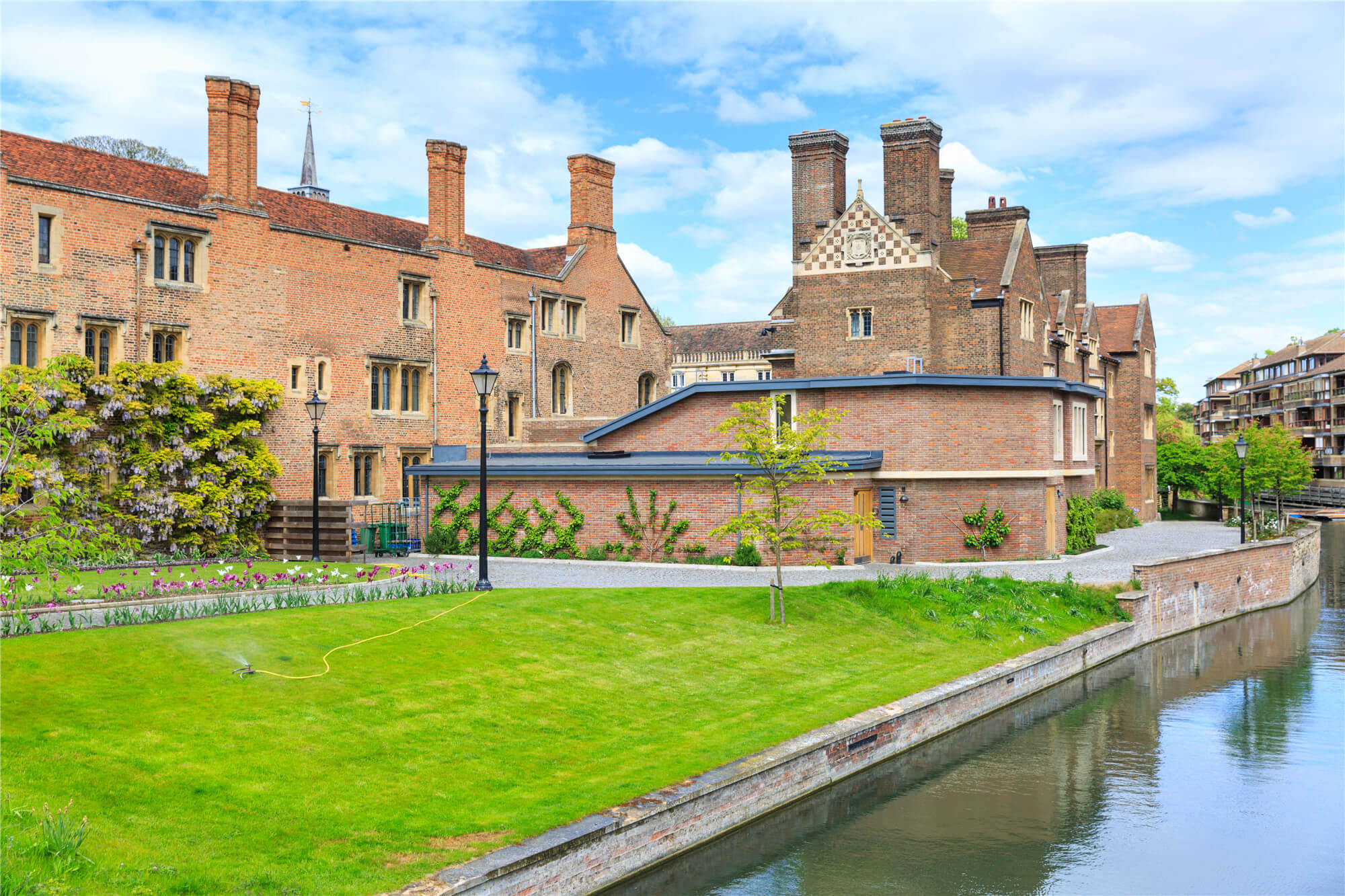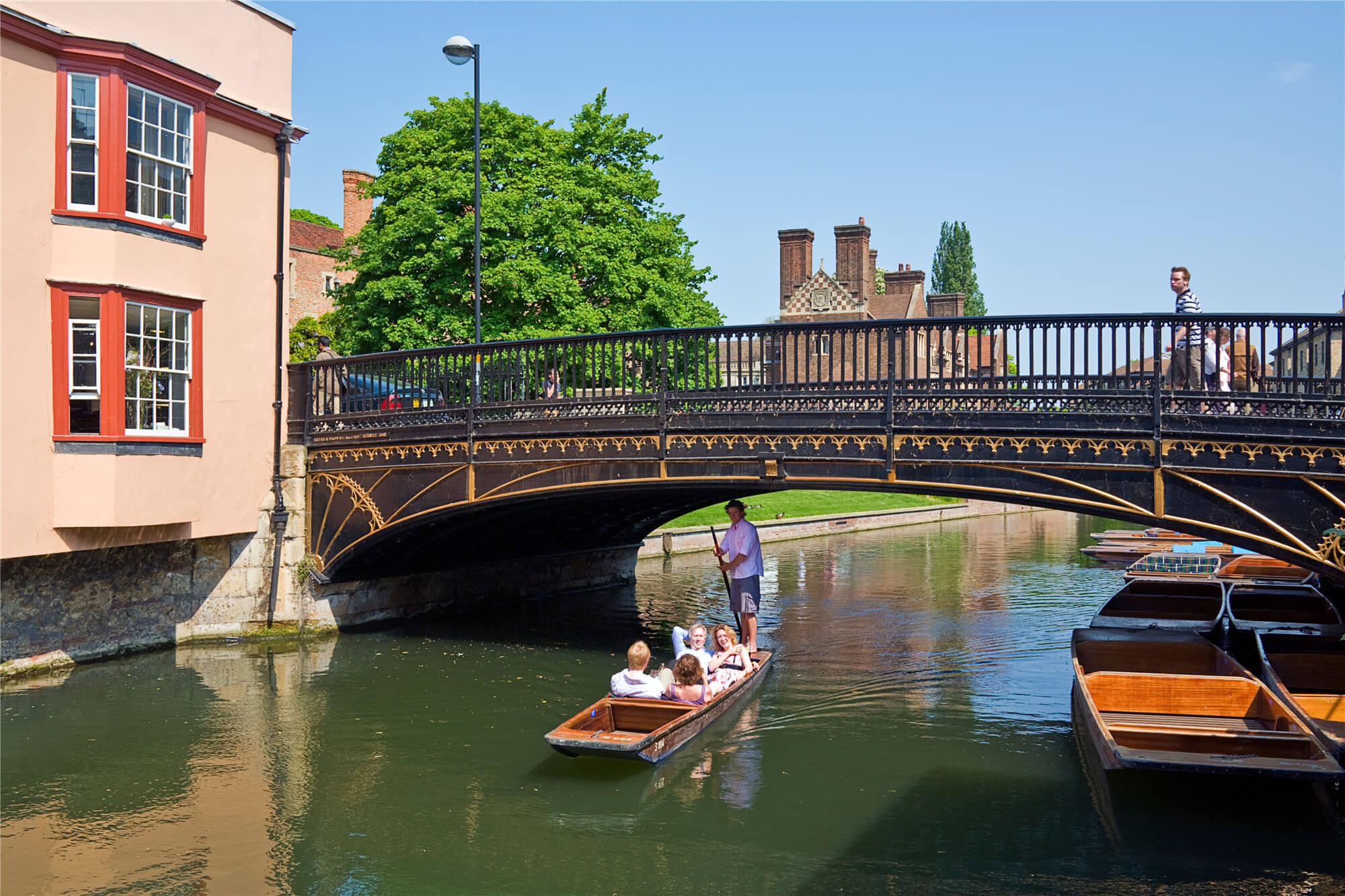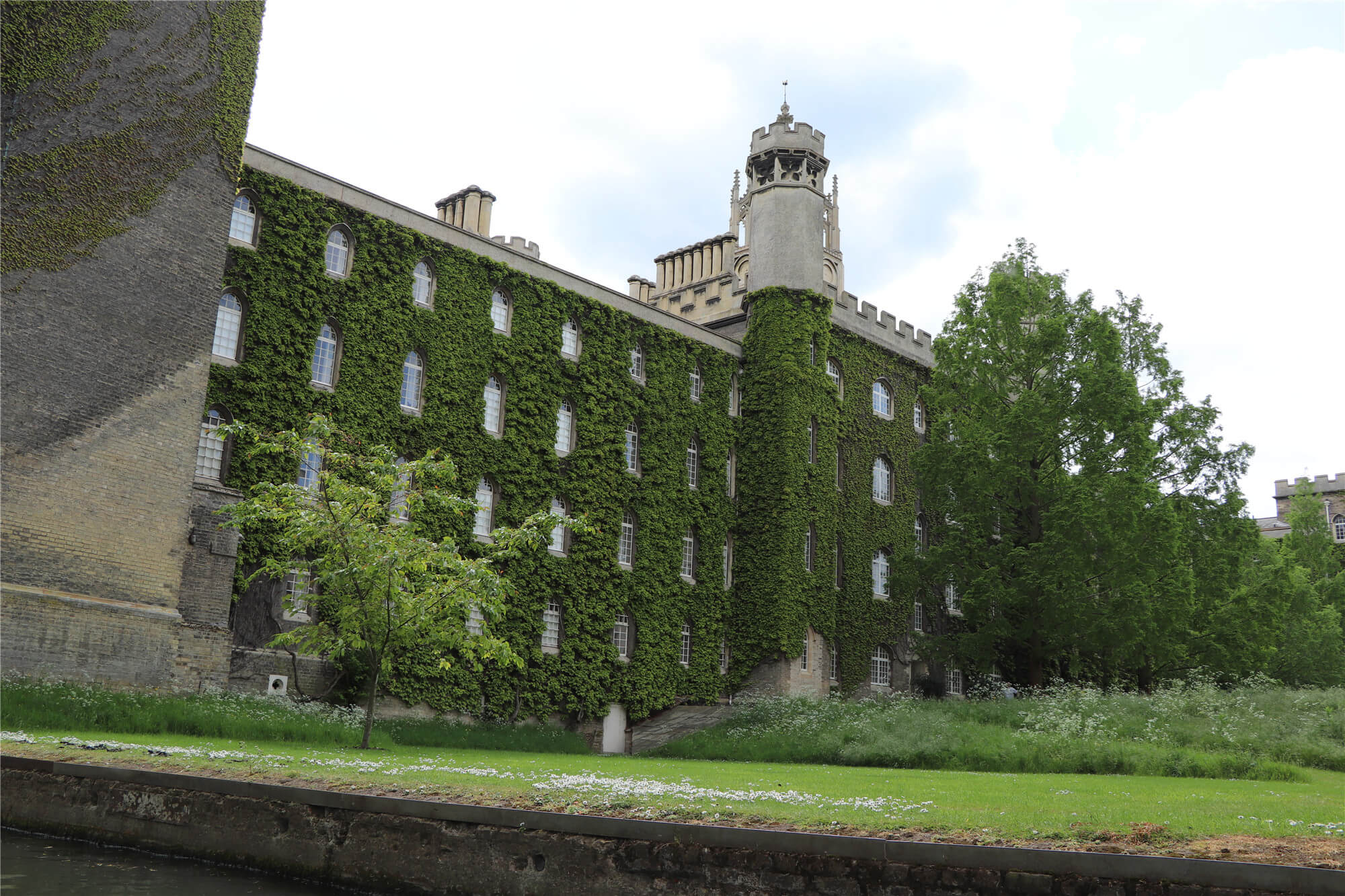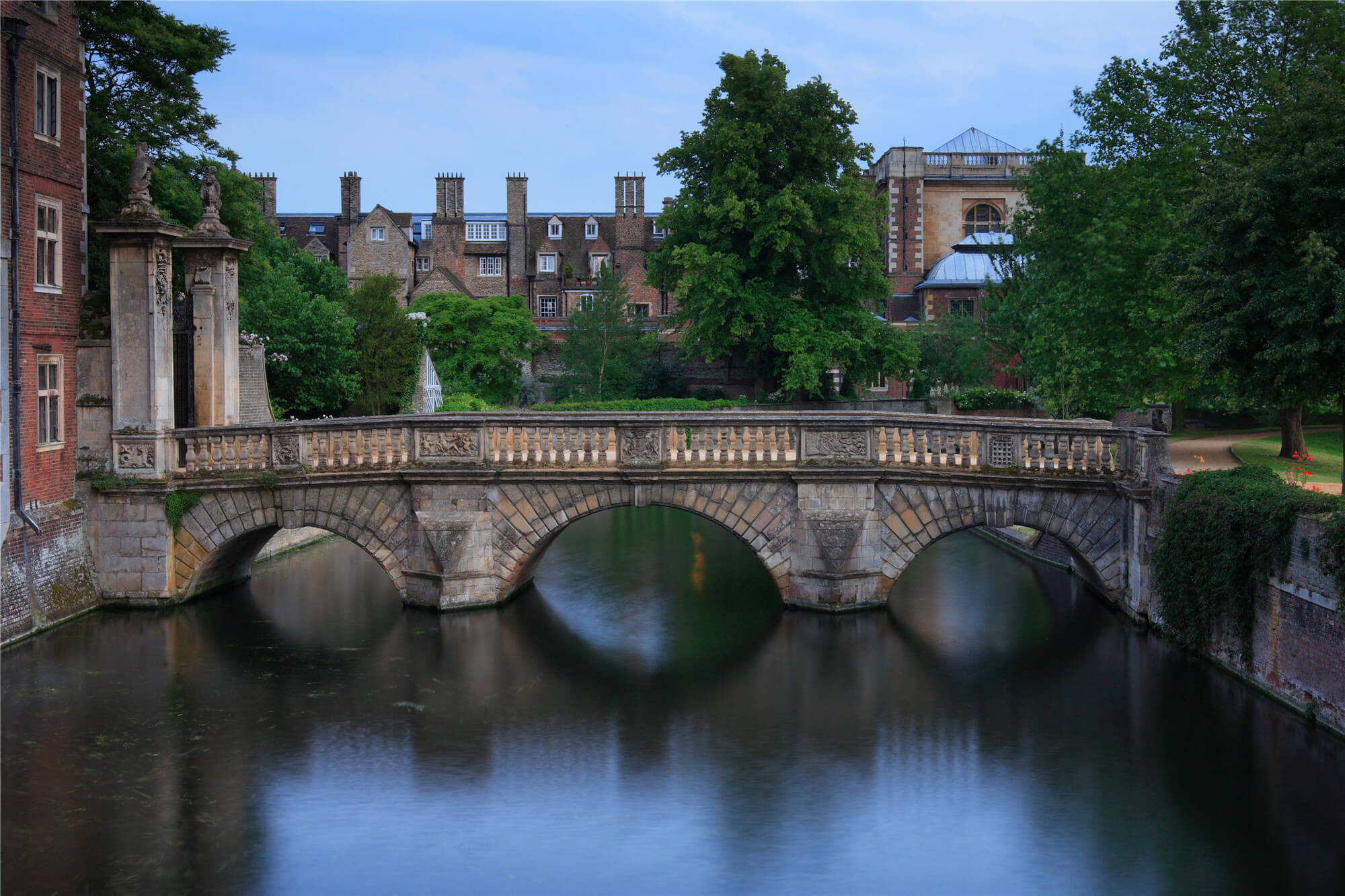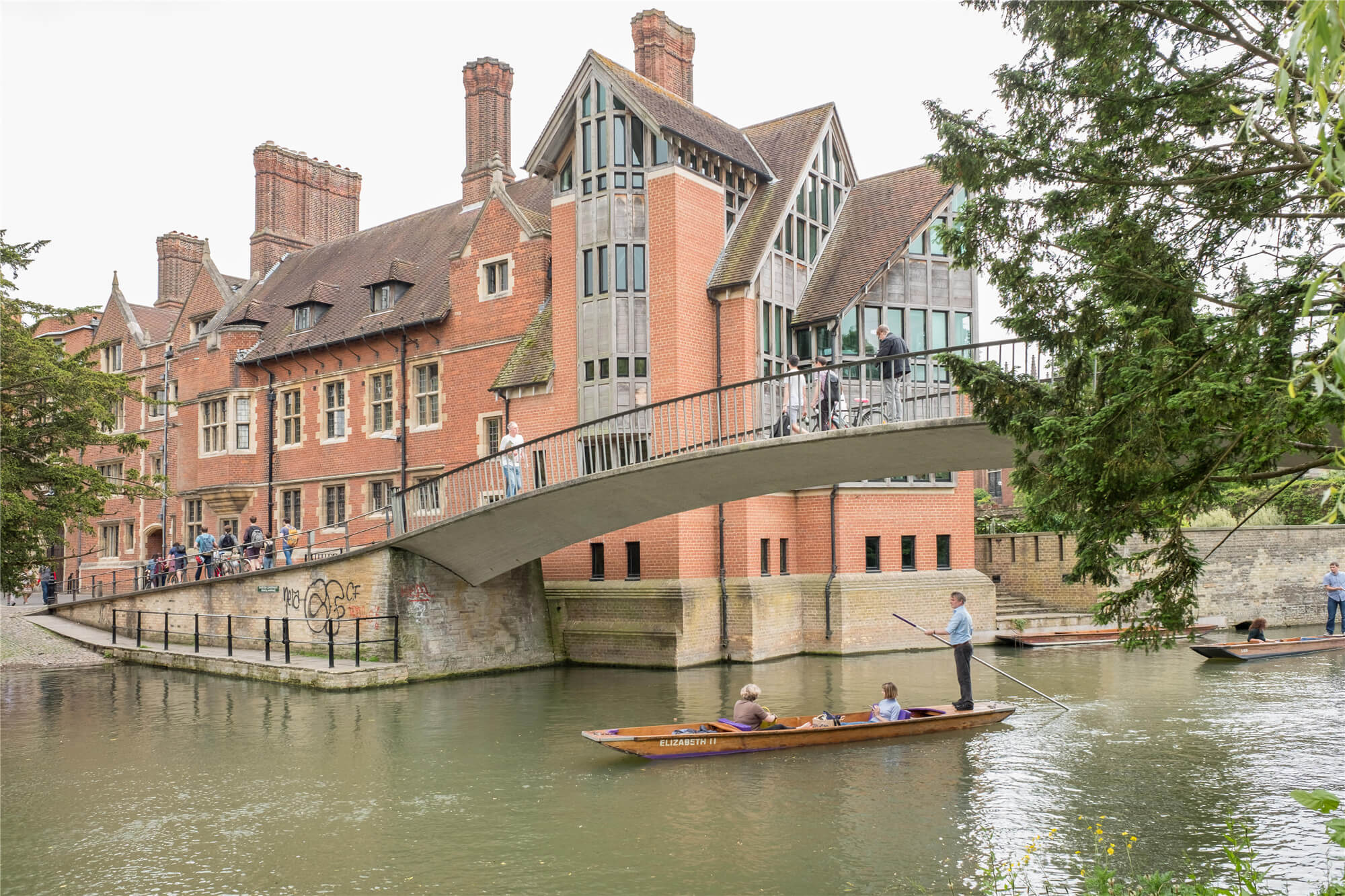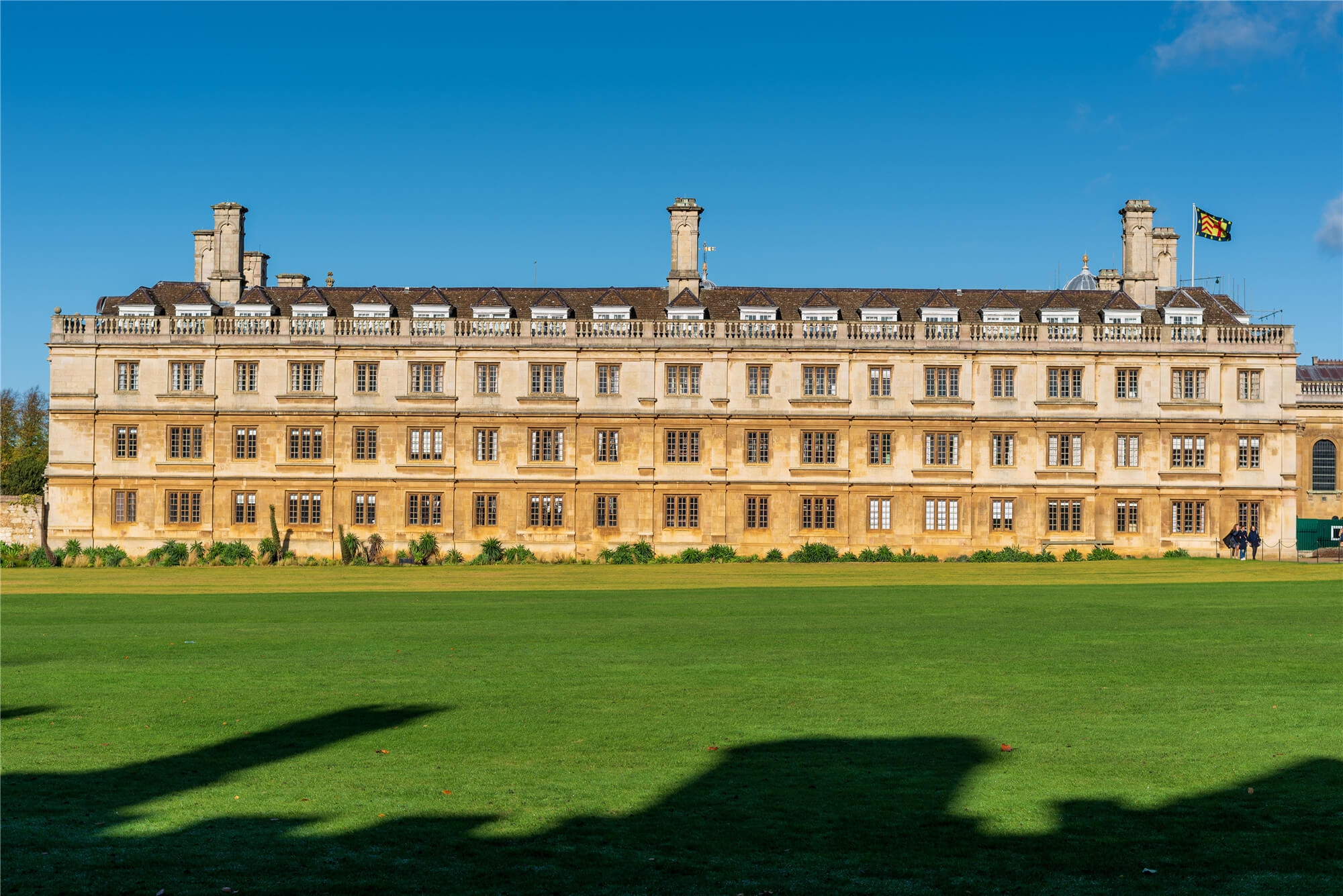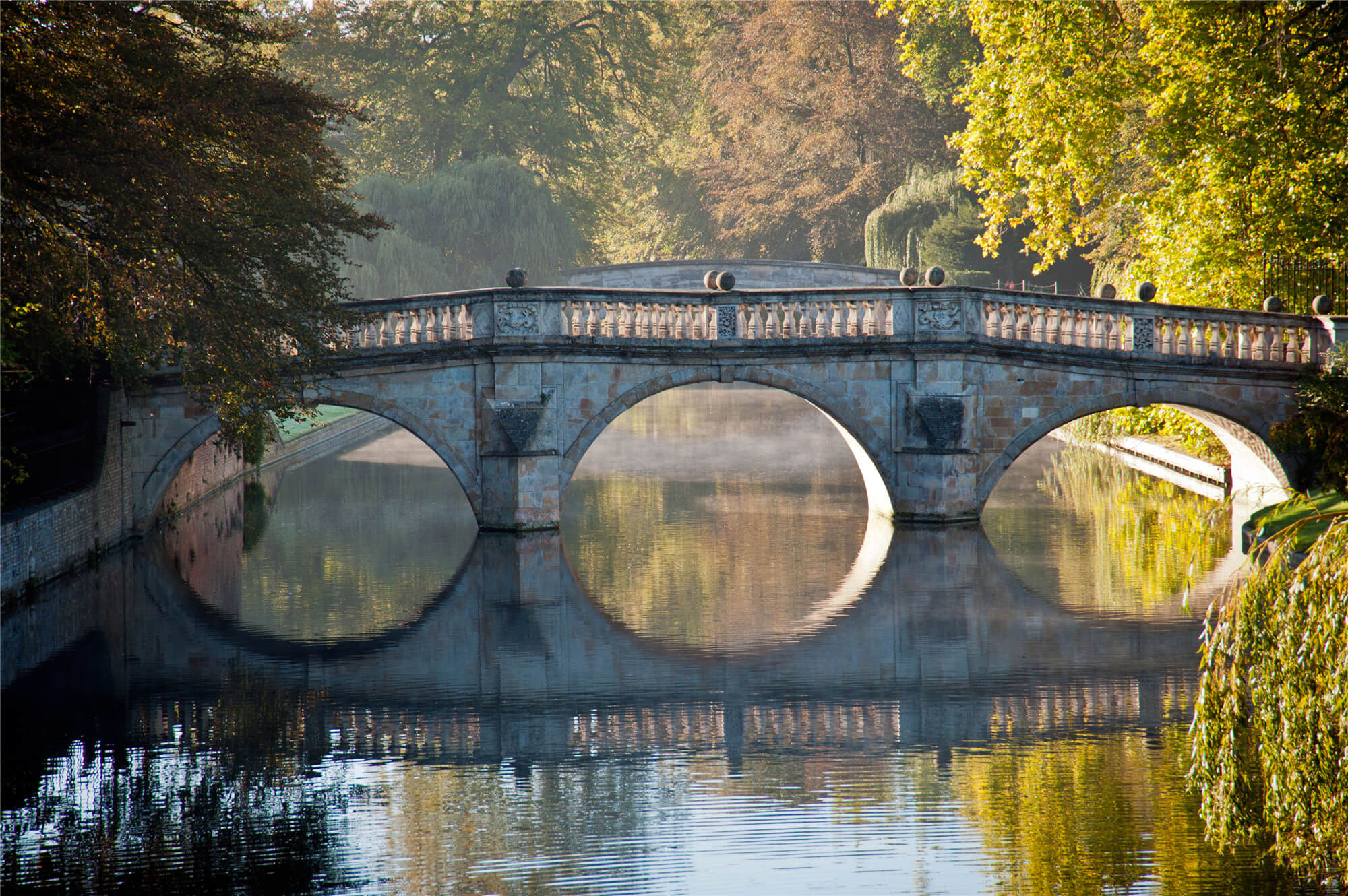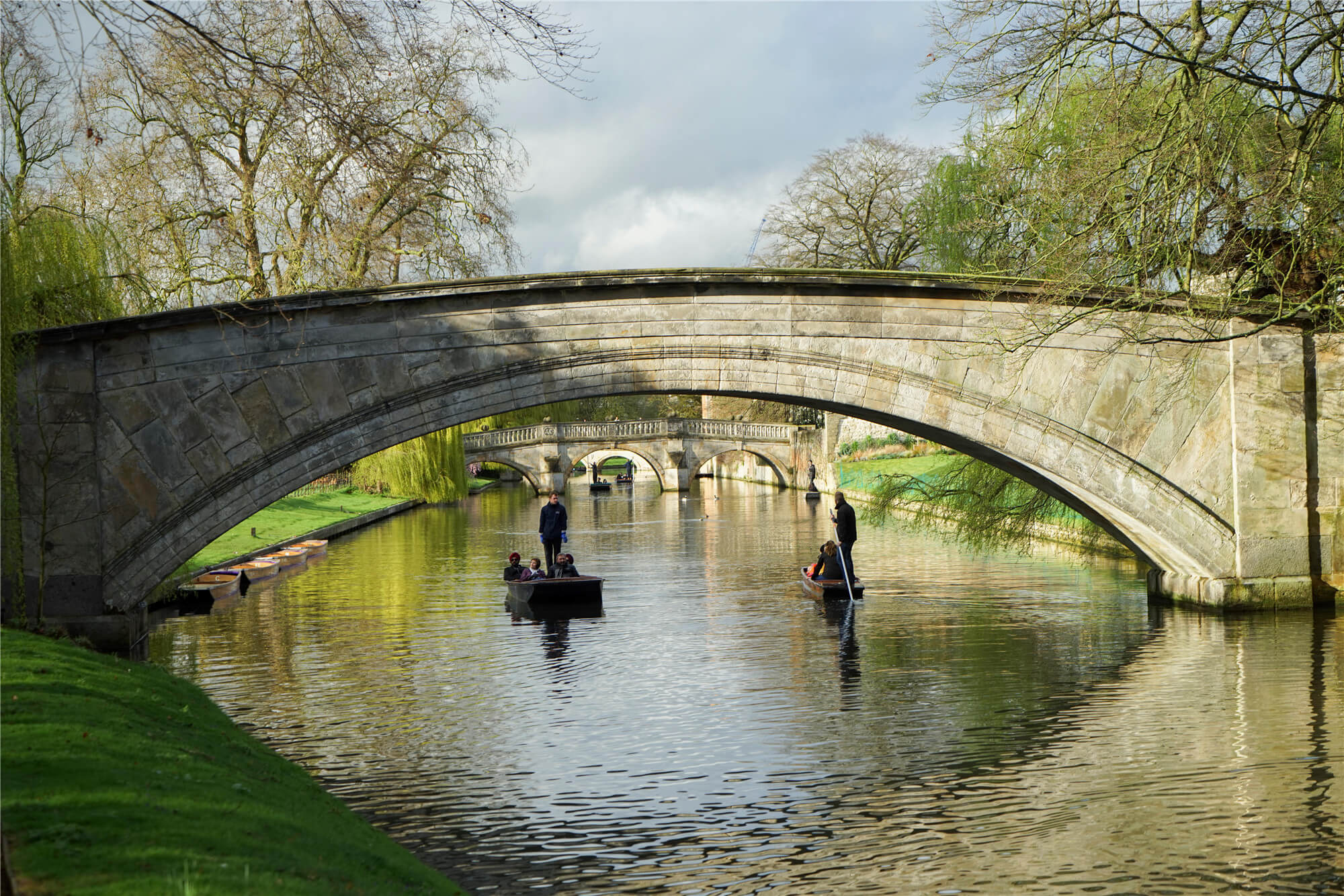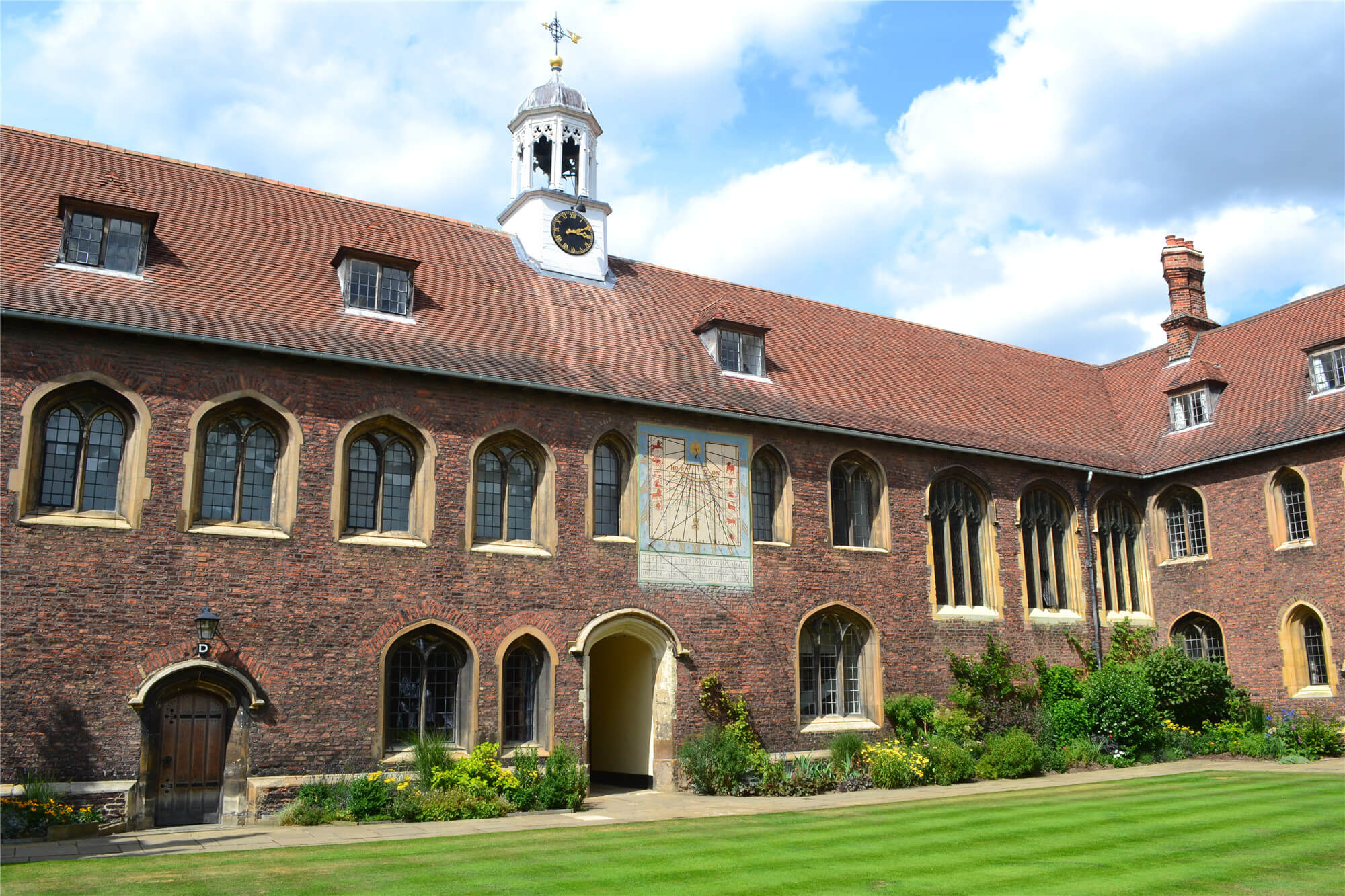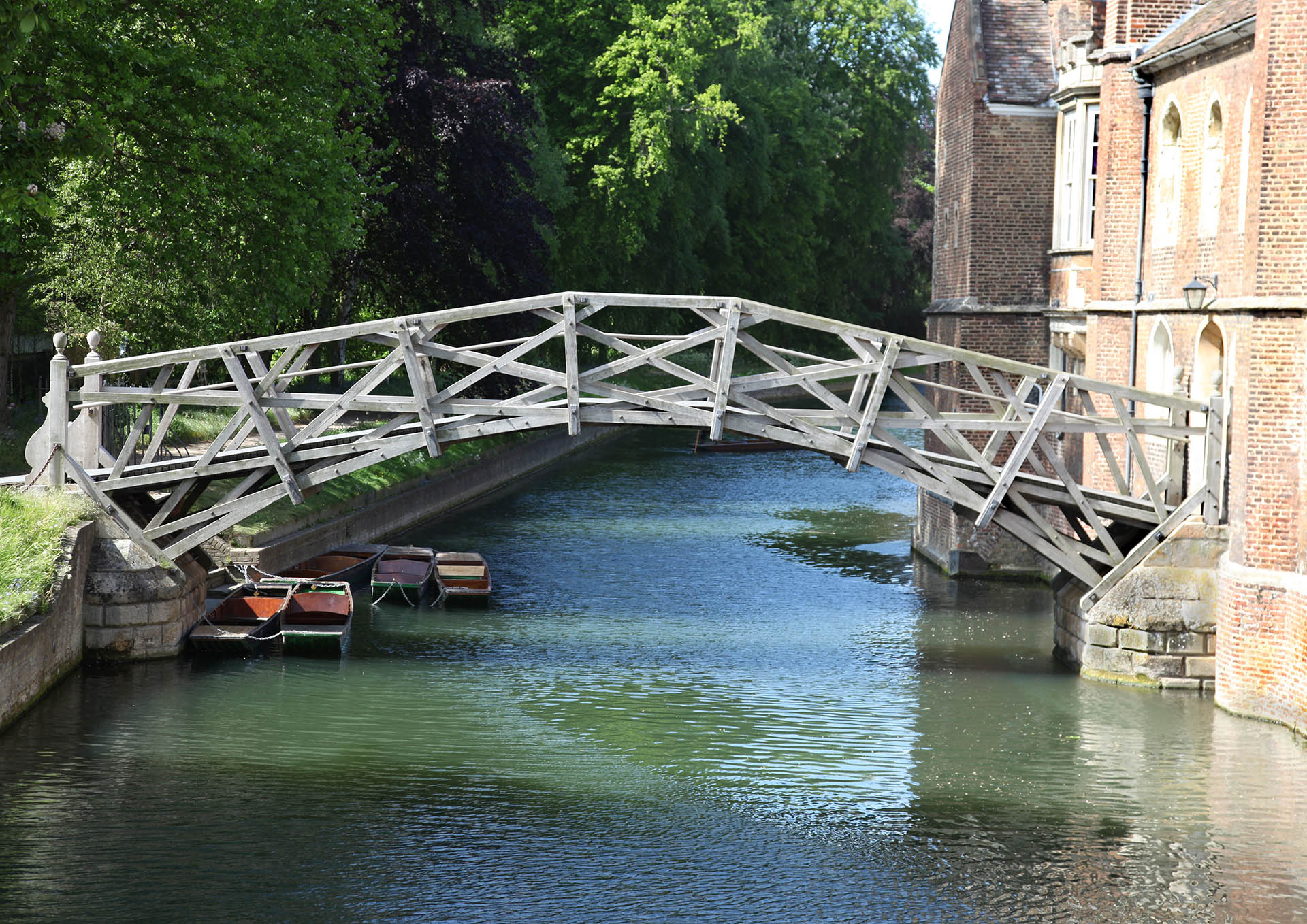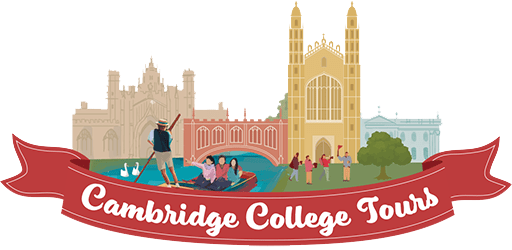Trinity College, Cambridge is considered to be the premier college of the Early Modern era, having been founded by King Henry VIII himself. To this day, it continues to hold the distinction of being the wealthiest of the 31 colleges in Cambridge and the largest landowner in the city. This grand institution has played host to a diverse array of noteworthy figures, including the likes of Isaac Newton and A.A. Milne. Their original works can be found preserved inside the college’s Wren Library.
The Wren Library, designed by Sir Christopher Wren, houses a vast collection of valuable books and manuscripts. Within its walls are several significant works, including a rare example of John Milton’s handwriting, the first edition of Sir Isaac Newton’s “Principia Mathematica” with the physicist’s annotations, and the first translation of the Bible into Welsh. Additionally, the Library boasts two of the earliest known folios of William Shakespeare’s plays, original poems by Lord Byron, and the first published edition of A.A. Milne’s classic “Winnie the Pooh.” These important works are protected and preserved for future generations to study and appreciate.
 EN
EN
 CN
CN
